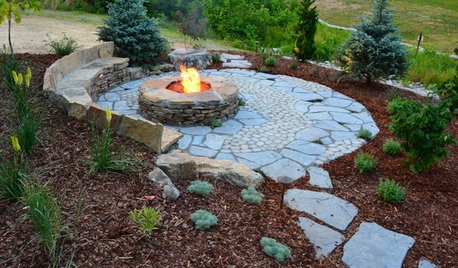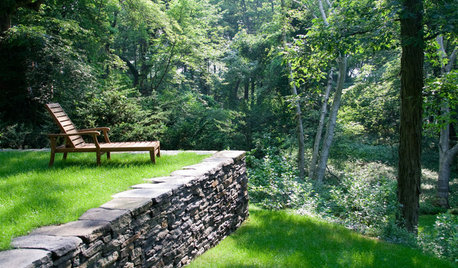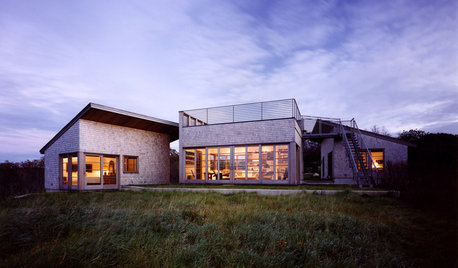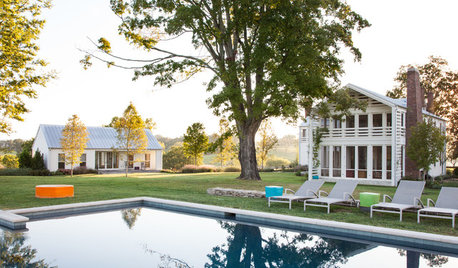Can I help my pine trees?
sdrone
14 years ago
Related Stories

WINTER GARDENINGHow to Help Your Trees Weather a Storm
Seeing trees safely through winter storms means choosing the right species, siting them carefully and paying attention during the tempests
Full Story
HOLIDAYS10 Ways Your Christmas Tree Can Live On After the Holidays
Learn how to recycle your Christmas tree and reap benefits for the environment
Full Story
LANDSCAPE DESIGNWhat the Heck Is a Ha-Ha, and How Can It Help Your Garden?
Take cues from a historical garden feature to create security and borders without compromising a view
Full Story
EXTERIORSHelp! What Color Should I Paint My House Exterior?
Real homeowners get real help in choosing paint palettes. Bonus: 3 tips for everyone on picking exterior colors
Full Story
CHRISTMASReal vs. Fake: How to Choose the Right Christmas Tree
Pitting flexibility and ease against cost and the environment can leave anyone flummoxed. This Christmas tree breakdown can help
Full Story
PRODUCT PICKSGuest Picks: Help Your Home Blossom With Floral Decor
Sprinkle hints of spring around your rooms with fabrics, wall coverings and more that recall nature's charms
Full Story
GARDENING GUIDESTree Care: Common Tree Diseases and What to Do About Them
Learn to recognize trees that may be affected by diseases or pests so you can quickly take action
Full Story
ARCHITECTUREDesign Workshop: How a Site Can Shape a Home
Create architectural poetry by looking to a site's topography, climate, trees and more to inform the home's design
Full Story
HOUZZ TOURSWe Can Dream: An Expansive Tennessee Farmhouse on 750 Acres
Wood painstakingly reclaimed from old barns helps an 1800s farmhouse retain its history
Full Story







Dan _Staley (5b Sunset 2B AHS 7)
ken_adrian Adrian MI cold Z5
Related Professionals
Carlisle Landscape Architects & Landscape Designers · Belmont Landscape Architects & Landscape Designers · Erie Landscape Architects & Landscape Designers · Oconomowoc Landscape Architects & Landscape Designers · Alexandria Landscape Contractors · Gresham Landscape Contractors · Hoffman Estates Landscape Contractors · Westford Landscape Contractors · Merrifield Landscape Contractors · Augusta Siding & Exteriors · Oak Creek Siding & Exteriors · Maple Grove Decks, Patios & Outdoor Enclosures · Fort Pierce Decks, Patios & Outdoor Enclosures · Lafayette Decks, Patios & Outdoor Enclosures · Midlothian Decks, Patios & Outdoor Enclosuresjean001
duluthinbloomz4
jean001
sdroneOriginal Author
brandon7 TN_zone7
sdroneOriginal Author
brandon7 TN_zone7
sdroneOriginal Author
idaho_gardener
Dan _Staley (5b Sunset 2B AHS 7)
brandon7 TN_zone7
jean001
idaho_gardener
Dan _Staley (5b Sunset 2B AHS 7)